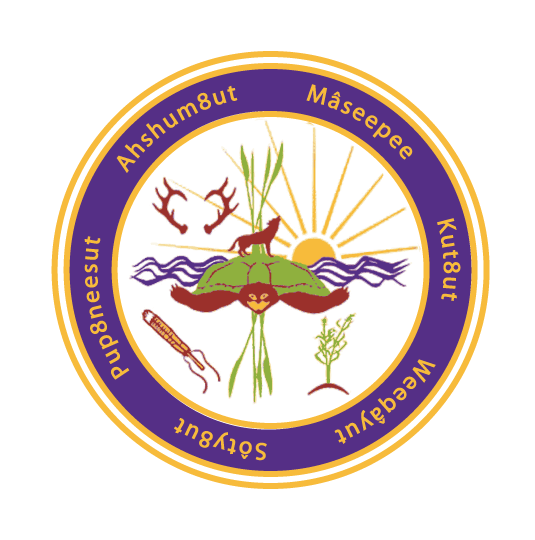On November 9 the U.S. Supreme Court began hearing oral arguments regarding the future of the Indian Child Welfare Act (ICWA). The law was established in 1978 to provide standards for the removal and placement of Native American children. Tribal members, including Powwow Princess Amiya Peters, traveled to show support for the law and fight right wing groups trying to dismantle it.
Maria Turner—the ICWA Manager for the Mashpee Wampanoag Tribe—said she supports the defense’s case and believes ICWA is not racially discriminative. “We’re a tribe,” she said. “We just want to make sure our children and elders are taken care of.”
For 150 years the federal government funded more than 400 boarding schools, often run by churches, that stripped Native children of their language and culture. As the boarding school movement died down in the mid-1900s, government-sponsored programs, including the Indian Adoption Project, emerged to place Native children with non-Native adoptive families.
By the time ICWA passed in 1978, between 25 and 35 percent of all Native children had been taken from their families and put in foster homes, adoptive homes, or institutions, according to surveys by the Association on American Indian Affairs.
The recency and lingering trauma of this history can’t be overstated.
Yvonne Avant, the Mashpee Wampanoag Council liaison, explained without ICWA, the biggest challenge would be keeping track of Native children.
“The Massachusetts Department of Children and Families wouldn’t be required to let the tribe know when they remove a child,” Avant said. ICWA allows the tribe to be “treated like a third parent,” which Avant said means the tribe is notified and involved in the whole process of finding a home for one of its children.
Federal policy, as well as decades of research on best practices, instructs child protective services to keep families intact when possible. But time and time again, CPS agencies fail to live up to these principles: Examples abound of children who didn’t need to be removed to begin with and of relatives volunteering as foster placements who were overlooked. Such treatment is particularly well-documented in cases of Black and Indigenous families, who are far more likely to enter foster care than white children.
ICWA adds guardrails at every step of a child welfare case. The law raises the standards needed to remove a child; except in emergency circumstances, children are placed in foster care only if there is “clear and convincing evidence,” including testimony of culturally qualified expert witness, that the child will likely be harmed if they stay with their parent or guardian. If children are removed from the home, the state must prioritize placing them with relatives or members of the tribe.
In the four decades since the law’s passage, ICWA has become a model for federal and state child welfare policy reform—particularly its focus on placing children with relatives or friends of the family when possible.
“ICWA more than exemplifies these best practices; it helped shape them” reads an amicus brief in support of the defendants by Casey Family Programs. “ICWA’s strong commitment to preserving Indian children’s family and community ties is essential to protecting their best interests. All children would benefit from such a commitment.”
Avant said it has always been customary for Native communities to prioritize having a child’s next-of-kin care for them if their parents cannot and is disturbed at the idea of future foster children being sent away to live with families who are not connected to their tribe.
At the time of publication, the U.S. Supreme Court has not made a ruling.



